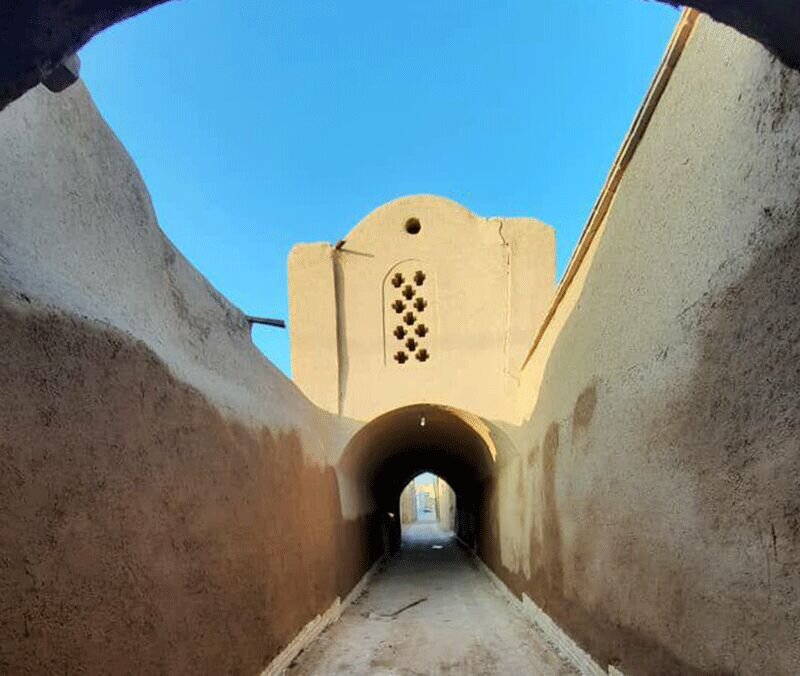Historical ‘sabat’ restored to former glory

TEHRAN- Work to restore a historical sabat, which is a kind of mudbrick sun shelter in oasis towns, has been completed in Meybod, central Iran.
The project involved, repairing the damaged parts of the structure’s arch with clay as well as strengthening its rooftop using thatch material, IRNA quoted a local tourism official as saying on Sunday.
All other sabats in the historical texture of the city, which are at risk, are also planned to be restored and preserved in near future, the official added.
Sabat is an arched structure built between the opposite buildings on both sides of a narrow street in tropical and desert areas and it creates shade and a cool place for the passers-by.
Due to its semi-covered nature, this structure creates air blinds in summer, which cools the air inside sabat and in winter makes the air warmer. Most of the historical neighborhoods in desert areas have sabats, which also help to strengthen the side houses.
Situated some 50km north of Yazd, Meybod is a sprawling mud-brick town with hundreds of years of history. It is home to some historical mosques, caravanserais, mansions, with the pre-Islamic Narin Castle amongst one of the most celebrated.
Meybod is also famed for having rich water-related structures as it is home to over 150 historical cisterns and some 30 watermills, several hammams (public bathhouses), qanats, and mud-brick yakhchals (ice storage structures).
Over the past couple of years, the Islamic Republic is following up on possible inscription of Meybod and its cultural landscape on the UNESCO World Heritage list.
ABU/AFM

Leave a Comment